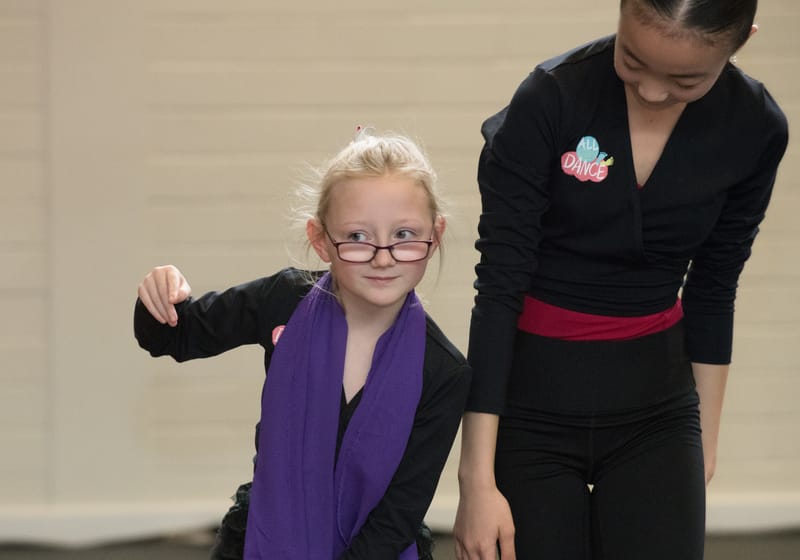
For decades, the “leaky pipeline” has been used to justify the attrition of women from science, technology, engineering, mathematics and medicine (STEMM).
While a useful metaphor in its time, to give identity to a previously silent phenomenon, it’s become reductive by implying that women passively “leak out” due to individual weakness rather than compounding systemic inequities.
It obscures the cultural, structural and institutional barriers that continue to obscure women’s career pathways in academic and industry STEMM.
Bias can be overtly sexual in the workplace, but this is becoming increasingly managed through improved institutional policies and practices.
The anonymity afforded by social media outside of the academic realm is a prime example – a world-renowned researcher delivers a groundbreaking keynote, yet attention quickly shifts to her red heels, with comments swinging from admiration (“I need those shoes!”; “Wow, they make her legs look incredible”) to judgment (“Only prostitutes wear red shoes”).
Whether complimentary or insidious, these are all forms of sexual bias.
Read more: Inspiring the next generation of women in STEM
Bias can also be less sexual yet no less consequential. The bias that creates barriers to womens success in STEMM careers is often subtle and persistent.
At a conference panel on AI research, the sole woman on stage is repeatedly asked about “diversity in tech” rather than her actual work, while none of the men face similar questions. At least she was wearing white trainers.
Whether online or in person, these moments reflect a broader pattern – women’s professional contributions are too often overshadowed by identity, appearance, or assumed roles as advocates rather than experts.
Man With No Name - Teleport
A global advocacy project
Beyond the Pipeline was conceived as a global advocacy project designed to move the conversation from attrition to agency for women in STEMM.
The project brought together 16 authors – including Monash University’s Associate Professor Jessica Borger and Associate Professor Bridgette Semple – and more than 50 collaborators across six continents to share authentic, intersectional accounts of women’s lived experiences in STEMM.
Contributors drew on diverse sources, including personal narratives, surveys, industry data, scholarly publications and research from dissertations.
Each chapter begins with a personal perspective, offering readers an intimate lens into the choices, challenges and triumphs of women navigating complex systems. Across the chapters are interspersed mental health and wellness practical exercises to help women find mechanisms to thrive not only survive.
The resulting book presents a fusion of perspectives, evidence and practical training across a breadth of topics from career progression, leadership, and equity, to mental health, caregiving, burnout, menopause, and international mobility.

A global collaborative methodology
What makes this book significant is how it was built. A call for contributors on LinkedIn grew into a global collaboration, spanning disciplines from neuroscience and engineering to public health, and career stages from early researchers to company leaders as well as stay-at-home parents.
The digital-first, participatory model was intentionally designed for equity: Slack channels supported asynchronous dialogue; Zoom enabled cross-time-zone brainstorming; and Google Docs became a shared workspace for co-writing and iterative editing.
Every voice, regardless of seniority or geography, shaped the content. Contributors described the process as empowering, providing a rare space to tell their stories authentically, develop writing and editing skills, and form international networks of advocacy and support.
Narrative as advocacy
At its core, Beyond the Pipeline uses storytelling as a tool for systemic change, and every chapter begins with a personal perspective. These reflections ground the work in lived experience, offering readers an authentic entry point into complex issues that are often absent from conventional STEMM discourse.
Contributors share candid accounts of mental health challenges, including burnout, imposter syndrome, and the weight of over-responsibility, illustrating how systemic pressures affect confidence, career progression and wellbeing.
They explore the tension of navigating competing identities, balancing motherhood, caregiving or personal commitments with professional aspirations, and reveal how these experiences intersect with structural and cultural expectations in academia and industry.
Read more: Technology needs every voice: Why gender equity is essential for ethical innovation
Other chapters tackle topics rarely addressed openly, from menopause and perimenopause to international mobility and mid-career transitions, showing how global experiences, relocations and cross-cultural engagement influence career satisfaction and retention.
The book validates women’s experiences, affirms their challenges and achievements, and encourages reflection, resilience, and agency. By beginning each chapter with a personal perspective, the project underscores that women are not passive participants in STEMM — they are active agents shaping their careers, their environments, and the systems around them. Across these narratives, a common theme emerges – women reading the book feel seen, validated, and empowered to navigate their careers on their own terms.

The future for women’s journeys in STEMM
Since publication, Beyond the Pipeline has catalysed conversations worldwide. Contributors have engaged in podcasts, media outlets and professional societies. The book’s impact is both symbolic and practical – it challenges outdated narratives of “leakage,” showcases diverse career pathways across academia and industry, and provides tangible insights for educators, researchers, managers, policymakers and allies.
By amplifying authentic voices, acknowledging systemic barriers and demonstrating active choice, the book reframes women’s journeys in STEMM as transformative, not passive.
Projects such as Beyond the Pipeline remind us that representation in STEMM cannot be achieved through recruitment alone. Equity requires reimagining the cultures and structures that define success.
By combining personal stories, evidence and advocacy, the book offers a richer understanding of women’s experiences and models how deliberate choices and strategic pivots shape thriving careers.
Women’s journeys in STEMM aren’t linear leaks; they’re dynamic, adaptive, they pivot and, importantly, they’re intentional.
The upcoming Australian Society of Medical Research (ASMR) conference in Brisbane on 6 November will feature a panel discussion based on Beyond the Pipeline, with authors Associate Professor Borger and Associate Professor Semple, as well as the editor, Cassie Leonard, exploring how personal narratives can drive equity in STEMM careers. Listen to Dr Shane Huntington, CEO of ASMR, interview Associate Professor Borger and Associate Professor Semple on 3RRR radio show Einstein-a-Go-Go.





